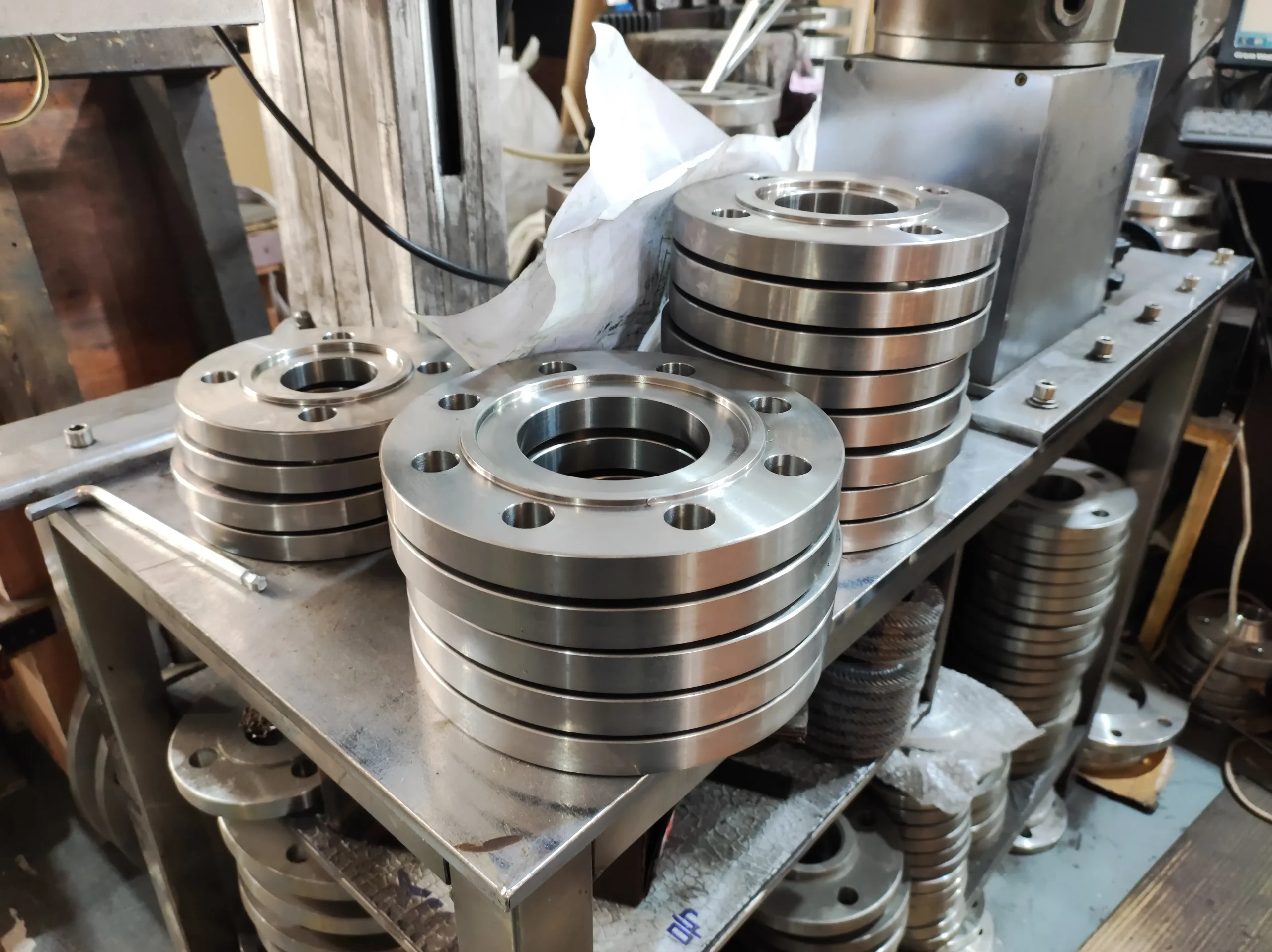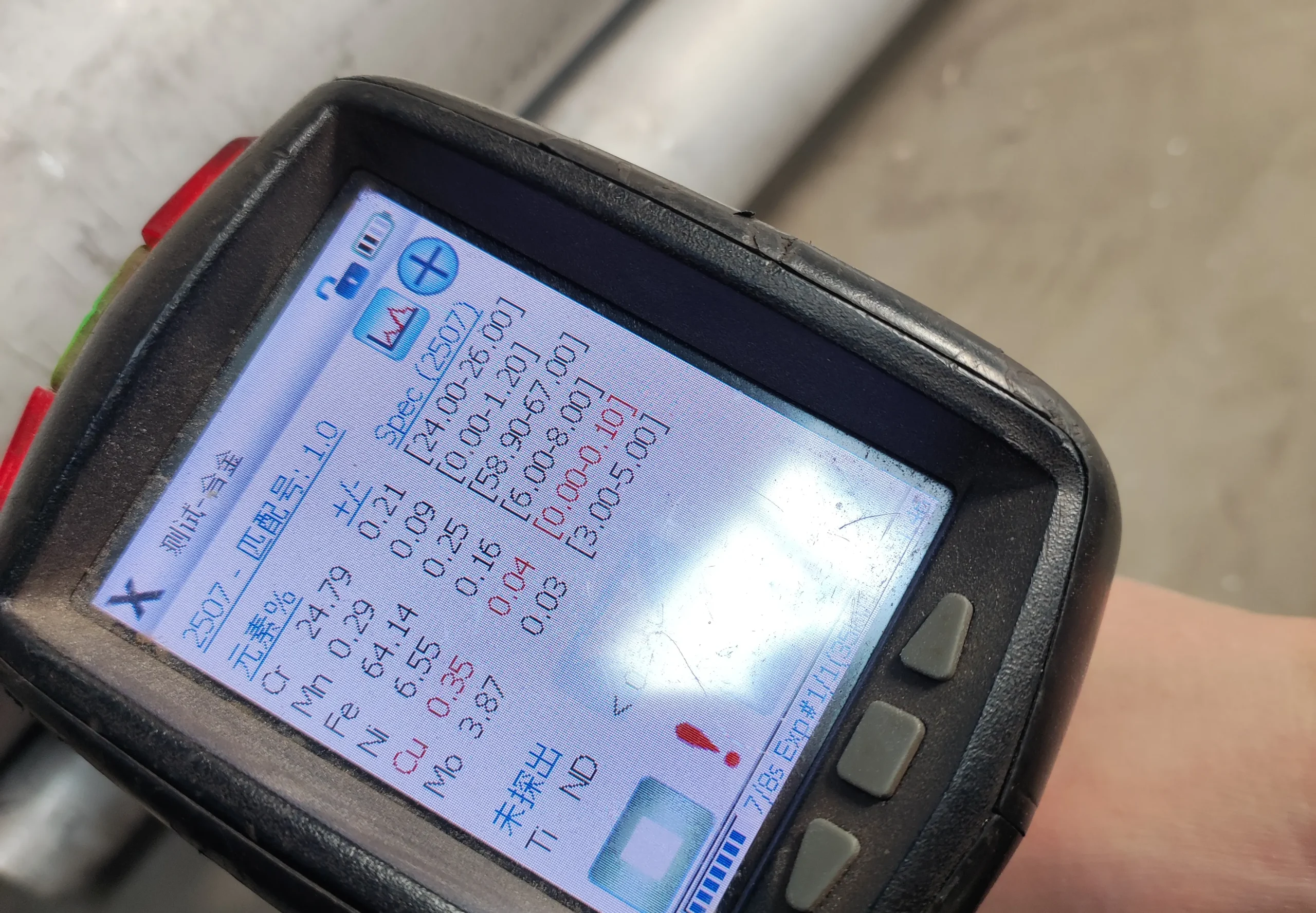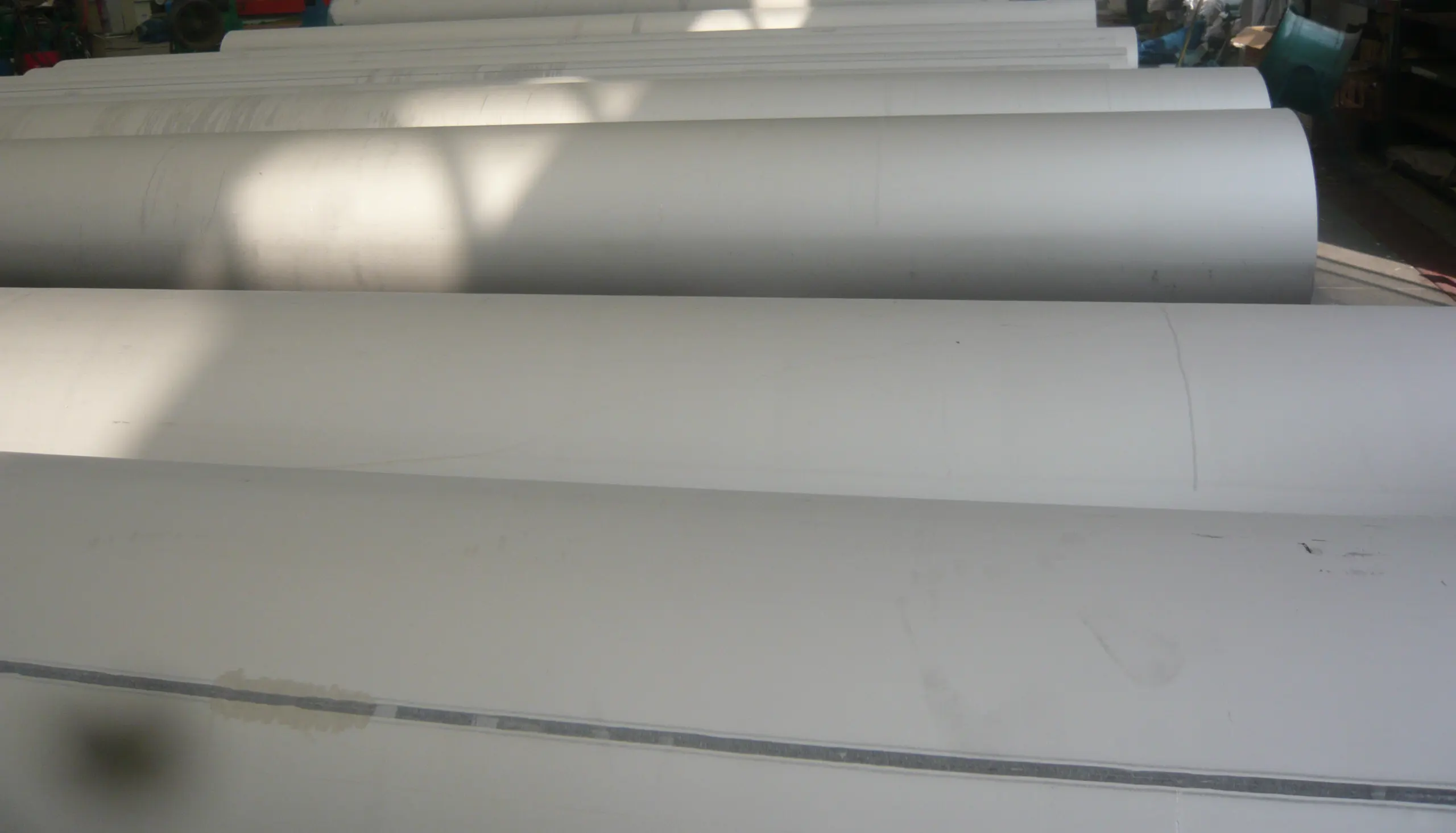Processes and steps of pickling and passivation of stainless steel seamless pipe
Everyone knows that the seamless steel pipe factory must be pickled and passivated after production in order to become a seamless stainless steel pipe.
How much do you know about the process and steps of pickling and passivation of stainless steel seamless steel pipes? Let’s get it.

1, Preparations
2, Chemical degreasing:
(1) Chemical degreasing adopts the soaking method in the tank. The degreasing tank is made of steel plate, and the inner wall is covered with PVC or polyethylene.
(2) Use 12 ~ 15% nitric acid (by volume) to stop the chemical degreasing treatment. The temperature is 40 ° C ~ 60 ° C and the time is 2 ~ 4 hours.
(3) When the stainless steel seamless pipe is soaked in the tank, pay attention to the place to prevent it from trapping air in the pipe.
(4) During the soaking process, the stainless steel seamless pipe should be moved up and down, upside down, or upside down, so that the inner cavity solution is changed from time to time to improve the effect. Take out the stainless steel seamless pipe if necessary, rinse with water and then stop soaking.
(5) Chemical degreasing until the surface of the stainless steel seamless pipe is completely wet.
3, Hot water rinse:
(1) The stainless steel seamless pipe after degreasing is taken out of the degreasing tank, and immersed in a hot water tank at about 40 ° C to 60 ° C for rinsing for 5-20 minutes.
(2) The hot water tank is made of steel plate, and the inner wall is covered with PVC or polyethylene.
(3) Chloride ion content in water is less than 25ppm.
4, Cold water rinse:
(1), the stainless steel seamless pipe which has been rinsed with water is stopped with pressure water (pressure P≥0.1Mpa).
(2) Chloride ion content in water is less than 25ppm.
5, Passivation:
(1) Passivation adopts the tank bubble method in the tank. The formula of the passivation solution and the immersion time can be selected according to Table 2.3.
(2) Manufacture of passivation tank steel plate, the inner wall is covered with acid proof plastic.
(3) When immersing in the tank, pay attention to the place to prevent the air from being stored in the stainless steel welded pipe.
(4) During the soaking process, the stainless steel seamless pipe should be moved up and down, upside down, or upside down, so that the inner cavity solution is changed from time to time to improve the effect. Take out the stainless steel seamless pipe if necessary, rinse with water and then stop soaking.
6. Drying:
Passivated stainless steel seamless pipes must be dried with clean compressed air or nitrogen, and there must be sufficient time (at least 2 hours) for the stainless steel seamless pipes to passivate naturally in the air.
7. Inspection:
After passivation of stainless steel seamless pipe, self-test and mutual inspection should be stopped, and then submitted to the quality inspector to stop acceptance upon request.
8. Maintenance:
(1) If the stainless steel seamless pipe whose appearance needs to be stopped is stopped, it will be stopped according to the painting request.
(2) Stainless steel seamless pipes after inspection. Manufacturers of stainless steel seamless pipes shall seal with plastic plugs, stop banding and maintenance with a three-proof cloth, and stop marking.
The another article of seamless steel pipe’s pickling and passivation: There are generally three types of stainless steel seamless pipe pickling and passivation



